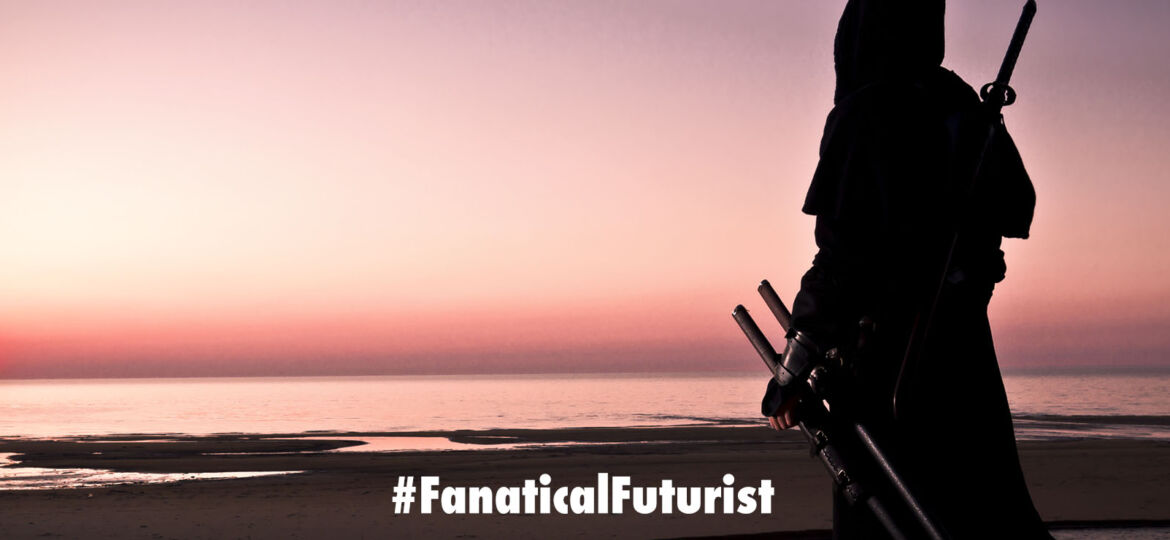
WHY THIS MATTERS IN BRIEF
Future entertainment will be in 3D, not 2D like it is today, and these researchers are turning sci-fi into sci-fact.
 Love the Exponential Future? Join our XPotential Community, future proof yourself with courses from XPotential University, connect, watch a keynote, or browse my blog.
Love the Exponential Future? Join our XPotential Community, future proof yourself with courses from XPotential University, connect, watch a keynote, or browse my blog.
Almost every sci-fi technology you can think of is now, at some level at least, science fact. From flying carpets, holograms to hoverboards, light sabres and tractor beams to self-evolving robots and more. And now, building on their previous successes in holographic research the team at Brigham Young University (BYU) say they figured out how to make light sabers, but this time of the holographic rather than the plasma jet kind, and “photon torpedoes” with real luminous laser beams, the group explained in a press release.
Inspired by holograms and laser weapons from giant sci-fi franchises Star Wars and Star Trek, the researchers set out to use their renowned optical trap display method to re-enact famous scenes. Their latest research is detailed in a paper published in Nature Scientific Report this month.
“What you’re seeing in the scenes we create is real; there is nothing computer-generated about them,” said lead researcher Dan Smalley, a professor of electrical engineering at BYU. “This is not like the movies, where the lightsabers or the photon torpedoes never really existed in physical space. These are real, and if you look at them from any angle, you will see them existing in that space.”
Holograms that fight!
The researchers gained national acclaim three years ago when they announced their method for drawing screenless free-floating objects. The method, called optical trap displays, suspends a single particle with a laser beam before rapidly moving it around to create an illusion of a laser-illuminated floating object.
In 2019, a University of Sussex team employed a similar method to create “tactile” holograms by suspending particles in mid-air using ultrasound waves and then illuminating them with a laser.
For their latest research, funded by the National Science Foundation, the BYU team made simple animations using their technology. One example, shown in the video, sees physical miniature versions of the Starship Enterprise and a Klingon Battle Cruiser from Star Trek zap one another with laser beams.
“This technology can make it possible to create vibrant animated content that orbits around or crawls on or explodes out of everyday physical objects,” Smalley said.
In their paper, the researchers also detailed how they used “fancy tricks with motion parallax” to overcome a limitation of optical trap displays — the fact that the technology lacks the ability to show virtual images.
By employing a time-varying perspective projection backdrop, the researchers showed that it is, in fact, possible to simulate virtual images, such as a moon crescent moving behind a physical 3D-printed house as if it were on the horizon.
Recently, holograms have garnered attention, and controversy, due to the fact that several companies are claiming to bring dead celebrities “back to life” in hologram form. However, the method used by these companies is really an advanced form of a 200-year-old parlor trick called “Pepper’s Ghost,” rather than a real-life hologram like the ones the BYU team have created which one day might find itself being used in the real world to create holographic displays that allow for contact-free public interfaces in our post-pandemic world – as well as giant holographic adverts like in Bladerunner 2049, and, of course Princess Leia holograms.
















